After years of anticipation and delays, S.T.A.L.K.E.R. 2: Heart of Chornobyl finally arrived, thrusting players back into the irradiated wasteland surrounding the Chernobyl Nuclear Power Plant. This time, the Zone is rendered in stunning detail thanks to Unreal Engine 5, but that graphical fidelity comes at a cost. PC gamers are facing a demanding title that pushes even the most powerful GPUs to their limits. This article delves into the performance benchmarks of S.T.A.L.K.E.R. 2 across a range of graphics cards, examining the impact of various settings and resolutions. We’ll also explore the effectiveness of upscaling technologies like DLSS and FSR in taming this demanding beast.
Why S.T.A.L.K.E.R. 2’s Performance Matters
S.T.A.L.K.E.R. 2 is not just another shooter. It’s an atmospheric, immersive experience where every frame counts. Smooth performance is crucial for navigating the Zone’s treacherous terrain, reacting to threats, and soaking in the game’s eerie beauty. Stuttering or low frame rates can shatter the immersion and hinder your survival in this unforgiving world. Understanding how different GPUs handle the game’s demands is essential for players seeking the optimal experience.
Benchmarking the Zone: Methodology and Results
To assess S.T.A.L.K.E.R. 2’s performance, numerous tech outlets and YouTubers have conducted extensive benchmark tests. They’ve analyzed frame rates across a spectrum of GPUs, from budget-friendly options to top-tier behemoths, at various resolutions and graphical presets. These tests typically involve running the game’s built-in benchmark or playing through a demanding section of the game while recording frame rate data.
The results paint a clear picture: S.T.A.L.K.E.R. 2 is a resource-intensive game. Even at 1080p resolution, achieving a consistent 60 frames per second (fps) at maximum settings requires a powerful graphics card like an Nvidia GeForce RTX 4070 or AMD Radeon RX 7900 XT. Pushing the resolution to 1440p or 4K significantly increases the demands, with only the RTX 4080 and 4090 delivering truly smooth performance at the highest settings.
Key Findings from the Benchmarks
- High-End GPUs Reign Supreme: As expected, the Nvidia GeForce RTX 4090 dominates the benchmarks, delivering exceptional frame rates at all resolutions and settings. However, its high price tag puts it out of reach for many gamers.
- Mid-Range Cards Struggle: Cards like the RTX 3060 and RX 6600 XT struggle to maintain 60 fps at 1080p with maximum settings. Lowering the settings or employing upscaling technologies is necessary for smoother gameplay on these cards.
- VRAM Matters: S.T.A.L.K.E.R. 2 can consume a significant amount of video memory (VRAM), especially at higher resolutions and with ray tracing enabled. Cards with 8GB of VRAM or less may encounter stuttering or performance drops.
- Upscaling is a Lifesaver: Both DLSS and FSR prove effective in boosting performance, particularly at higher resolutions. DLSS generally offers better image quality, but FSR has broader hardware compatibility.
My Personal Experience
I ventured into the Zone with an RTX 3080, hoping for a smooth experience at 1440p. While the game looked stunning, I quickly realized that maintaining a consistent 60 fps at maximum settings was a challenge. Even with DLSS set to Quality mode, I experienced occasional dips in frame rate, particularly in dense areas with complex geometry and lighting. Ultimately, I had to make some compromises, lowering settings like shadows and draw distance to achieve a more consistent performance.
Optimizing Your S.T.A.L.K.E.R. 2 Experience
While a powerful GPU is crucial for a smooth S.T.A.L.K.E.R. 2 experience, there are several optimization strategies you can employ:
- Lower the Settings: Experiment with different graphical presets and individual settings to find the right balance between visual fidelity and performance.
- Embrace Upscaling: Enable DLSS or FSR to boost frame rates without significantly sacrificing image quality.
- Update Your Drivers: Ensure your graphics drivers are up to date for optimal performance.
- Close Background Applications: Close any unnecessary applications running in the background to free up system resources.
- Monitor Your Hardware: Use monitoring tools like MSI Afterburner to track your GPU usage, temperature, and VRAM consumption.
Beyond the Benchmarks: The Impact of CPU and Other Factors
While the GPU plays a crucial role in S.T.A.L.K.E.R. 2’s performance, it’s not the only factor. The CPU also plays a significant role, particularly in open areas with many NPCs and objects. A powerful CPU can help alleviate bottlenecks and improve overall performance. Other factors, such as storage speed and system memory, can also impact loading times and smoothness.
The Future of S.T.A.L.K.E.R. 2 Performance
GSC Game World has already released several patches for S.T.A.L.K.E.R. 2, addressing performance issues and improving stability. It’s likely that further optimizations will be implemented in future updates, potentially enhancing performance for a wider range of hardware.
S.T.A.L.K.E.R. 2: Heart of Chornobyl is a visually stunning and necessary that pushes PC hardware to its limits. While a powerful GPU is essential for the optimal experience, careful optimization and the use of upscaling technologies can help players with less powerful systems enjoy the Zone’s haunting beauty. As GSC Game World continues to refine the game, we can expect further performance improvements, making this post-apocalyptic adventure accessible to a wider audience.

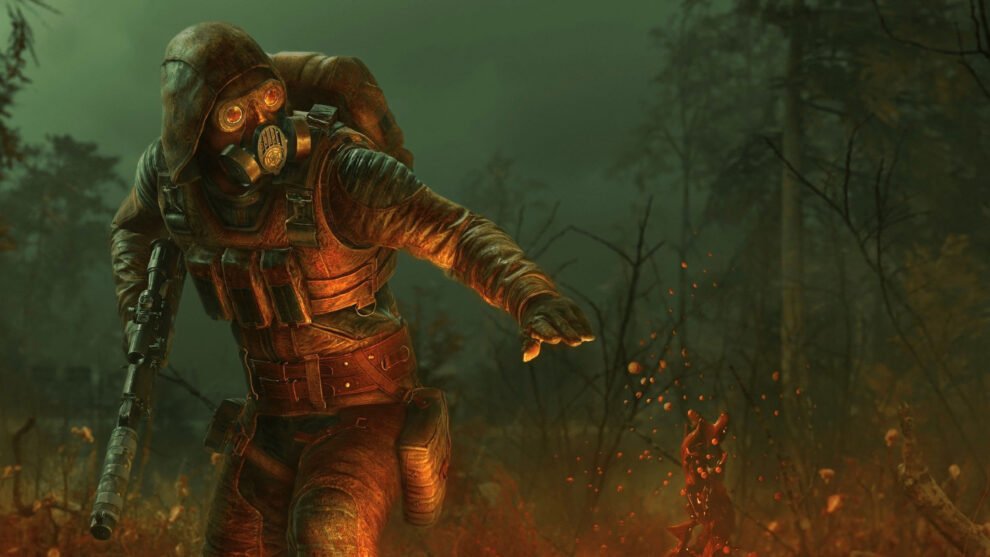


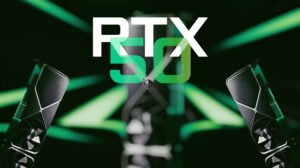
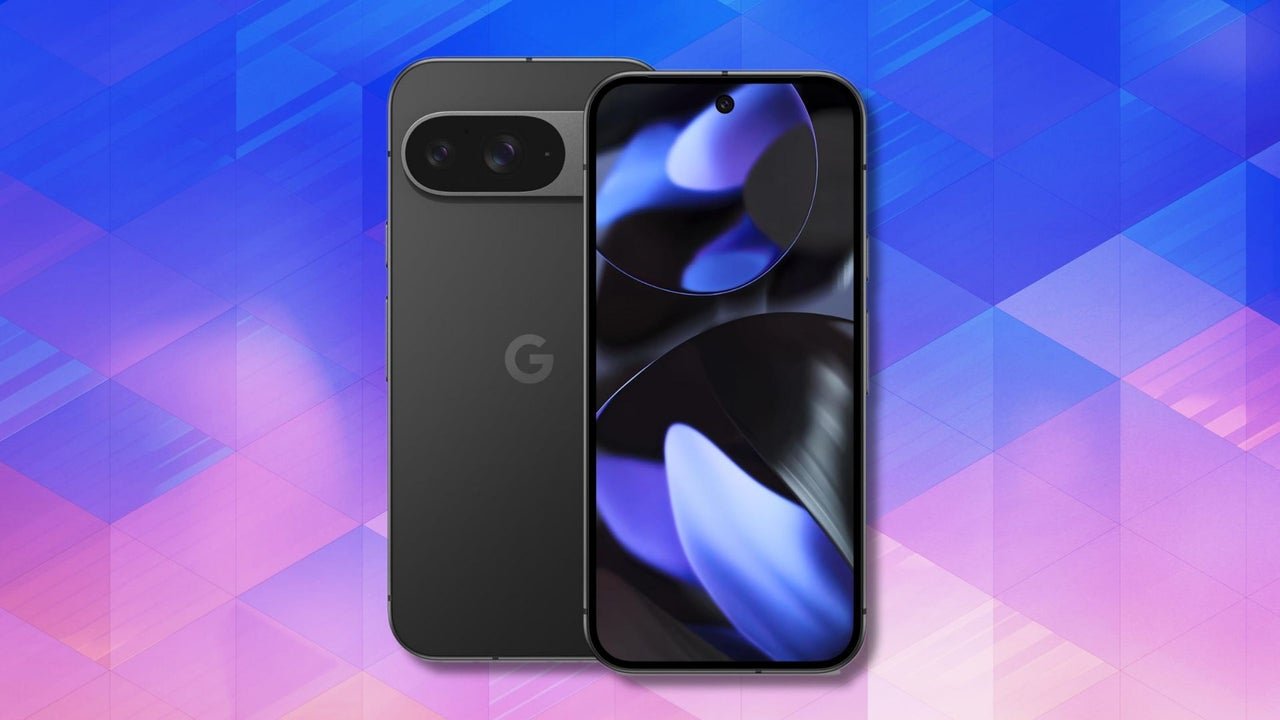
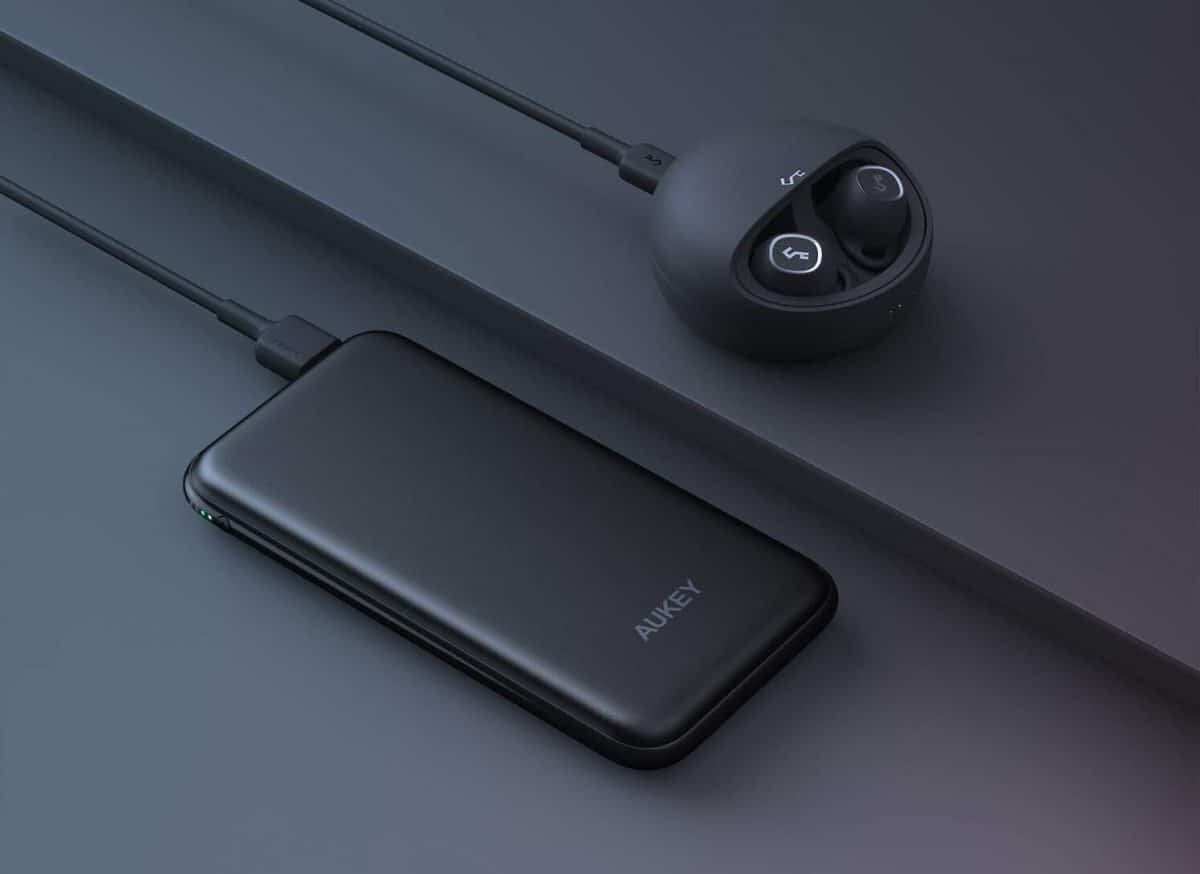
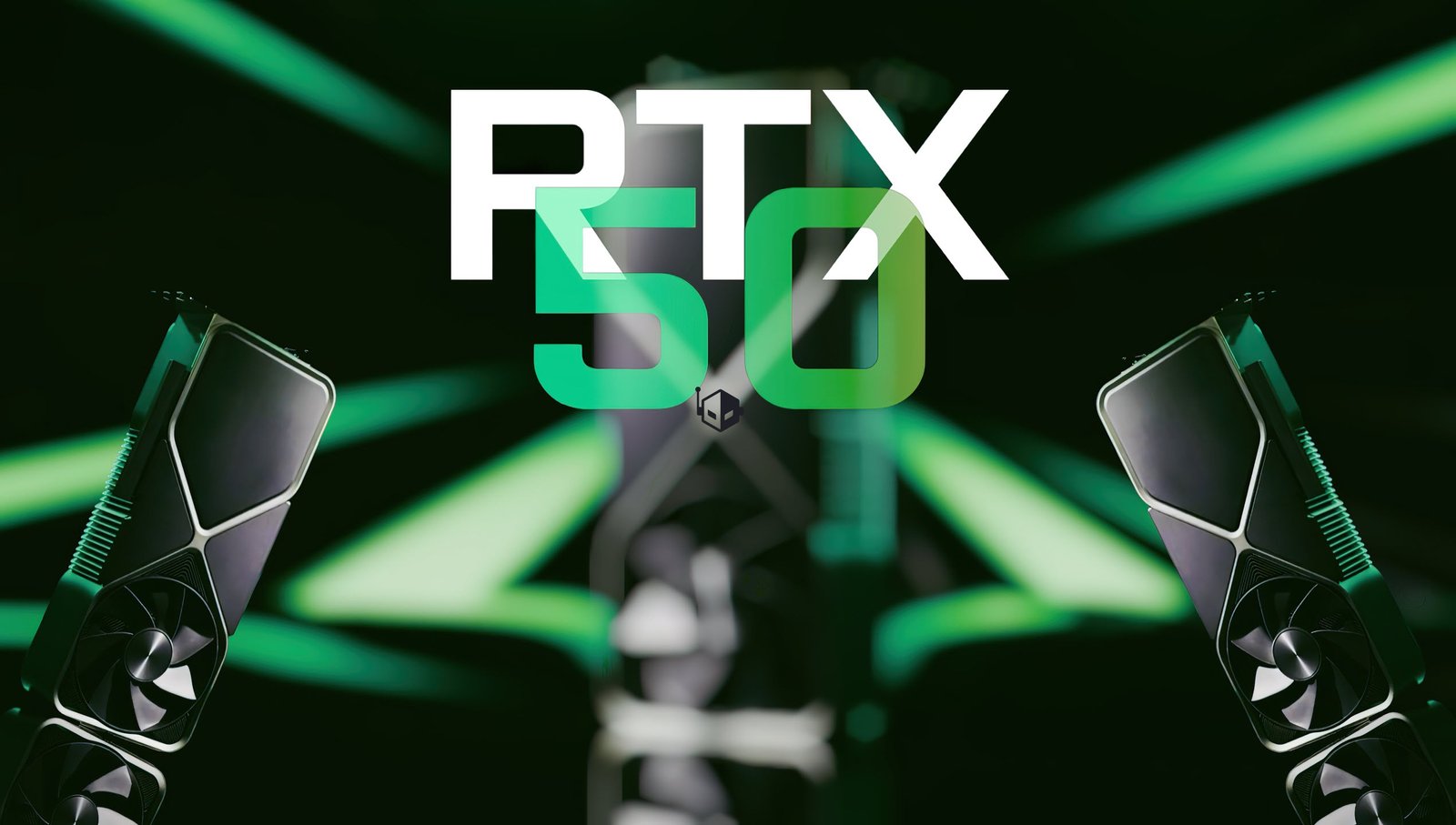

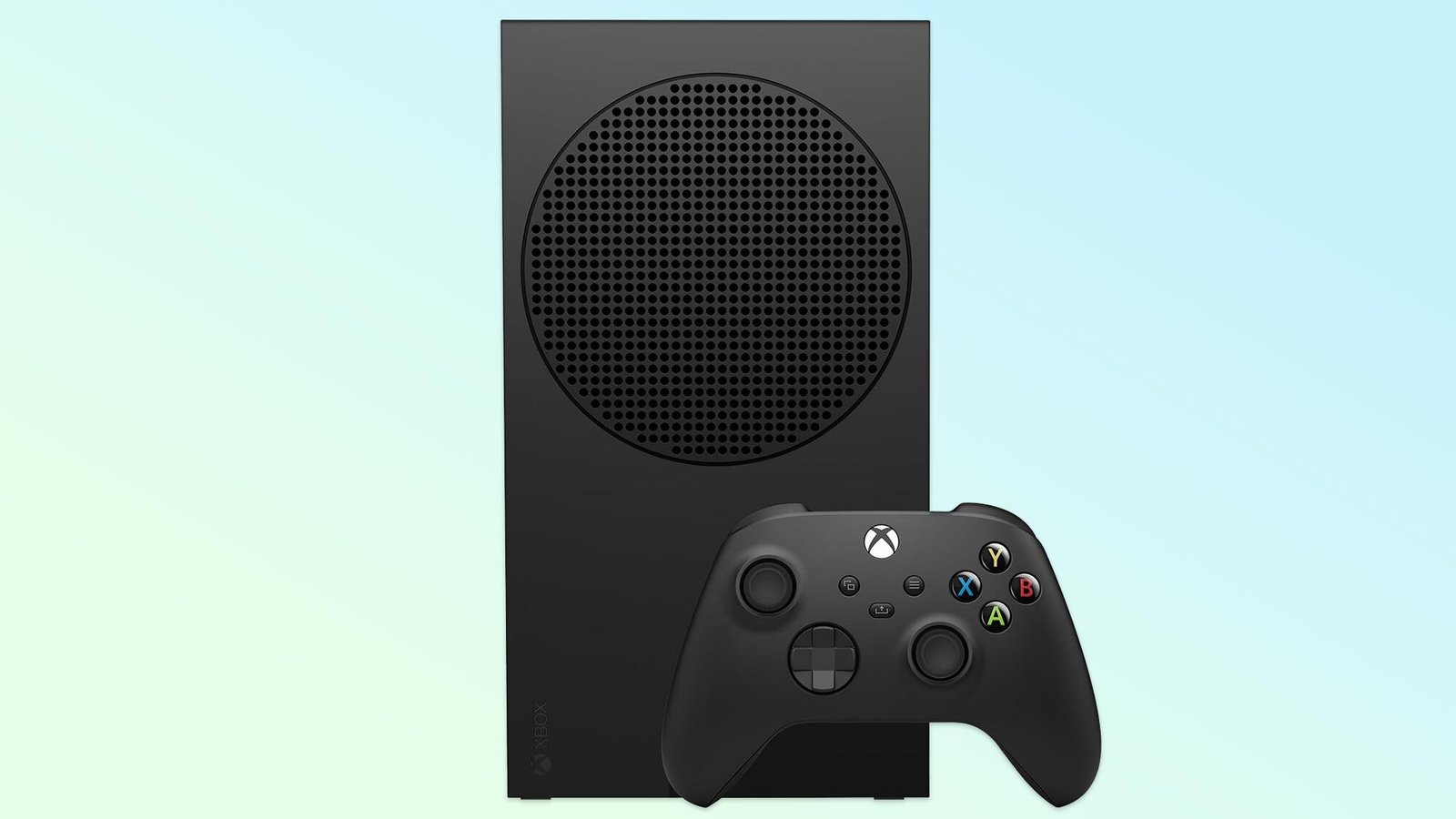









Add Comment